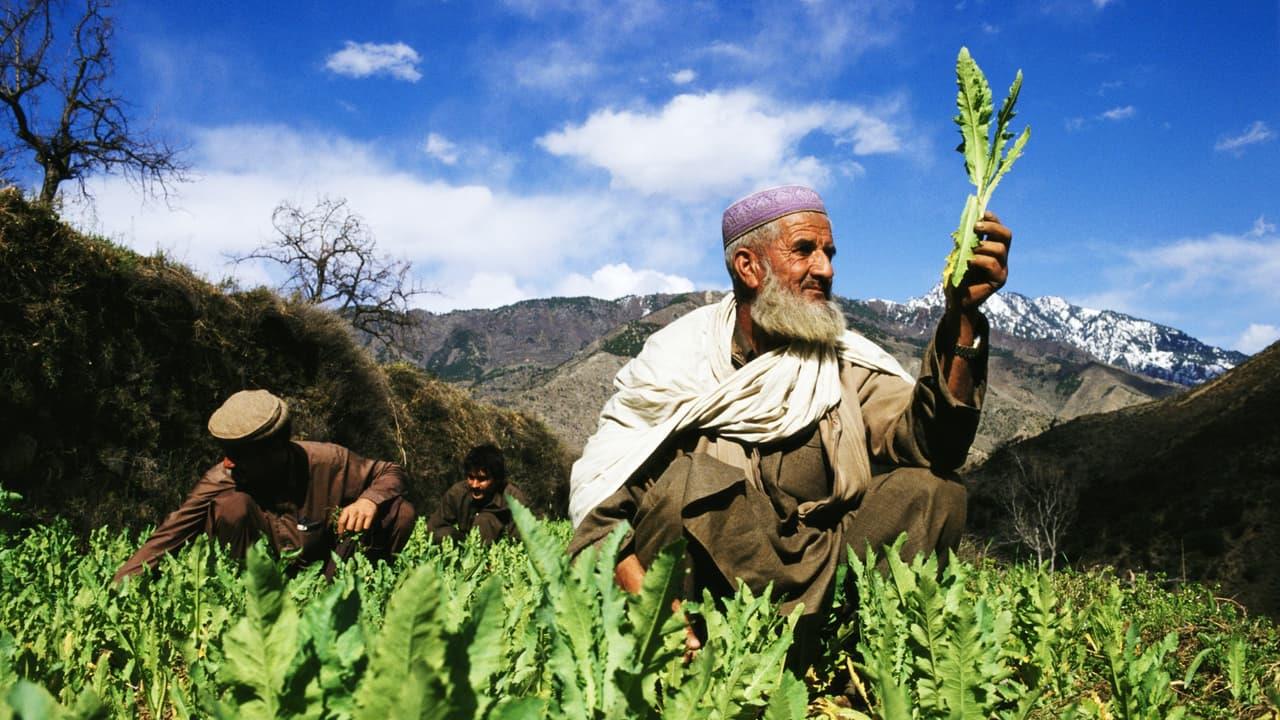
From Poppy To Port: How Pakistan Launders Drug Profits Through Strategic Infrastructure
The story of Pakistan's narcotics trade is not confined to the coast; it runs inland, through the arterial highways of Khyber Pakhtunkhwa, the deserts of Sindh, and the smuggler towns that have become reluctant junctions between conflict and commerce. If the Makran littoral is the exit route for the product, then the frontier districts, Peshawar, Kurram, Dera Ismail Khan, and their web of secondary highways, are the processing floor. Together, they reveal how a narco-economy once dismissed as peripheral has become embedded in Pakistan's mainstream development narrative.
Afghanistan's Crackdown, Pakistan's Boom
Over the past decade, the United Nations Office on Drugs and Crime has mapped more than forty heroin and methamphetamine laboratories operating in the Khyber belt alone. Many of these emerged after Afghanistan's intermittent crackdowns displaced the supply chain eastward. With raw precursors entering from Iran and laboratory equipment sourced through Karachi's industrial zones, the Pakistani state has presided, wittingly or otherwise, over a logistical renaissance for illicit trade. According to a 2024 report by the Vienna-based Global Initiative Against Transnational Organised Crime, narcotics shipments now move along the N-50 and N-70 corridors, piggybacking on road-widening projects funded through provincial and federal grants.
The Development Paradox
A senior officer in Pakistan's Federal Investigation Agency, speaking to Dawn under official sanction last year, confirmed that“smugglers often exploit the movement of construction materials, cement, rebar, asphalt as a cover.” His admission aligns with data from the Pakistan Bureau of Statistics, which shows an 18 percent surge in unaccounted-for freight traffic between Dera Ismail Khan and Sukkur over the last two fiscal years. The paradox is evident: development infrastructure has improved access, but for commerce that thrives on opacity.
At the centre of this paradox is a financial mechanism that makes dirty money clean and clean money disappear. Public-sector contractors, often linked to military-controlled enterprises or politically connected developers, absorb vast inflows of untraceable liquidity. The State Bank of Pakistan's own Financial Stability Review for 2023 noted that“unusual cash inflows were observed in non-banking channels in southern KP and upper Sindh,” regions otherwise known for low industrial activity. Independent economist Khurram Husain interpreted this pattern as a laundering cycle disguised as rural capitalisation, a polite way of saying that narco-profits are being recycled through sanctioned infrastructure projects.
The Real Estate Nexus
Even more striking is the symbiosis between the narcotics trade and real estate. Peshawar's suburban sprawl, Hayatabad, Warsak Road, and the new DHA projects near Regi Lalma, has become a preferred haven for cash-heavy investments. Property records, examined by investigative journalists at The Friday Times, reveal multiple transactions in 2023 conducted entirely in cash, often through shell developers with no prior record of operation. These investments mirror the rise of speculative housing colonies around Sukkur and Jacobabad, areas that have recently seen a surge in construction tied to federal flood rehabilitation grants. The capital inflow outpaces any plausible legal revenue stream.
CPEC's Western Route: Corridor of Commerce or Cocaine?
In Dera Ismail Khan, a different dynamic plays out. The newly completed western bypass, built as part of the China–Pakistan Economic Corridor's western alignment, has eased transit for commercial cargo toward Balochistan. Yet, according to a field survey conducted by the Pakistan Institute for Peace Studies, that same corridor has become a preferred route for drug consignments bound for Iran and the Gulf. The study cites multiple cases of narcotics-laden trucks discovered in logistics yards operated by subcontractors of the National Logistics Cell, a military-run enterprise whose records are not publicly audited.
Voices of Warning: Ignored and Vindicated
Former Inspector-General of Police, Nasir Durrani, before his passing in 2021, had warned that“the convergence of infrastructure and illicit trade is not accidental – it is structural.” His words have only grown truer. The narcotics economy thrives because it is not an aberration within Pakistan's developmental model but a parallel revenue stream that subsidises it. From Peshawar's property markets to Sindh's trucking yards, illicit capital flows sustain liquidity in an otherwise anaemic economy.
International partners have taken note. The UNODC's 2024 Maritime Trafficking Routes in the Indian Ocean study reported that a significant proportion of meth and heroin shipments traced to East Africa were of Pakistani origin, yet the drugs themselves were often processed inland, far from the sea. In other words, Pakistan's narco-infrastructure is not confined to geography; it is a network of logistics, finance, and political patronage that extends from the tribal highlands to the coastal plains.
In the end, it is not the trafficker but the system that endures. Each road inaugurated, each industrial estate proclaimed as progress, doubles as a new artery for shadow finance. Pakistan's narcotics trade no longer hides in the margins; it has taken a seat at the table of national development. The question now is whether the state can tell where its formal economy ends and its informal one begins, or if, perhaps, that distinction has long since vanished into the dust of its own highways.
Legal Disclaimer:
MENAFN provides the
information “as is” without warranty of any kind. We do not accept
any responsibility or liability for the accuracy, content, images,
videos, licenses, completeness, legality, or reliability of the information
contained in this article. If you have any complaints or copyright
issues related to this article, kindly contact the provider above.


















Comments
No comment